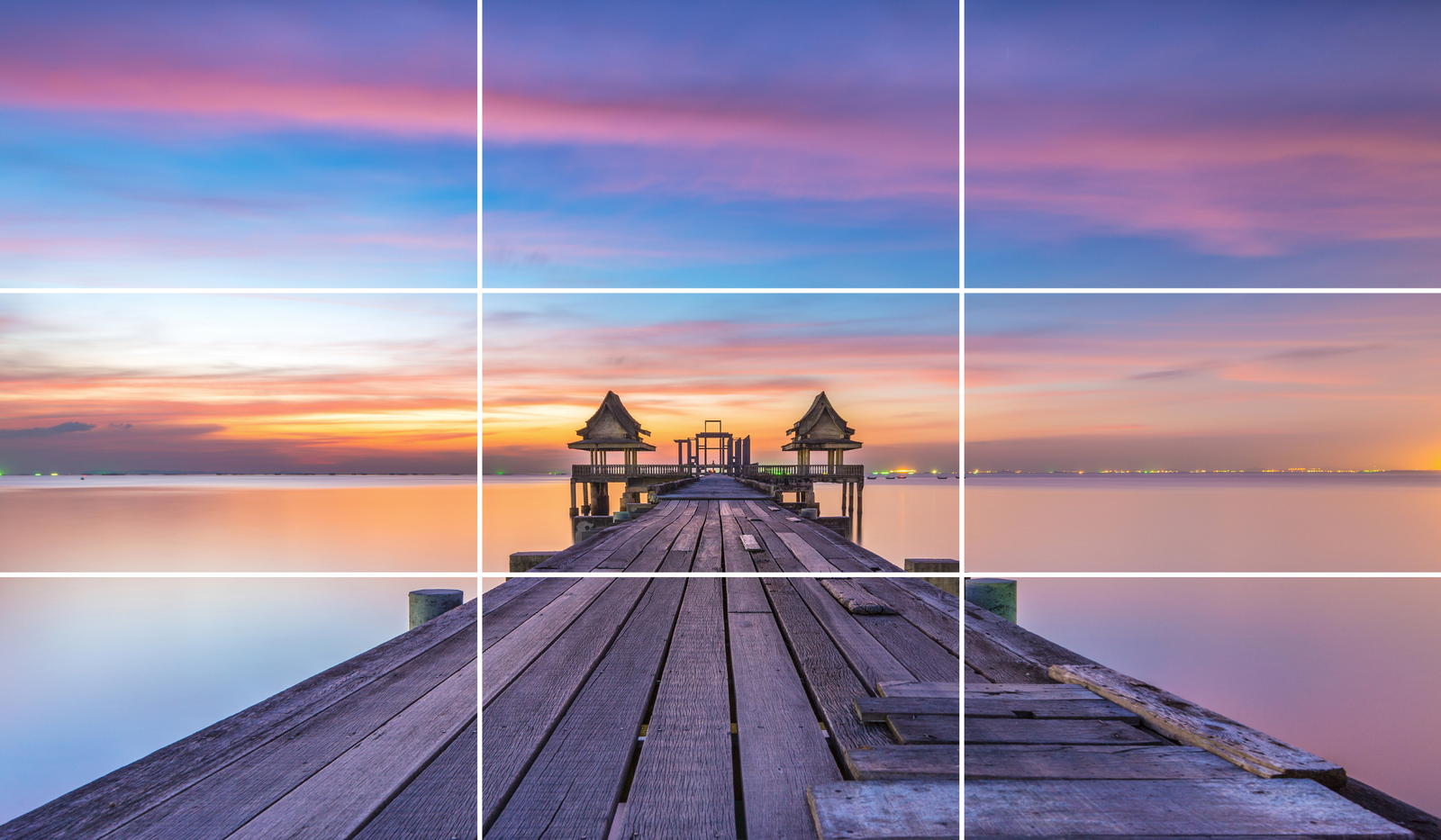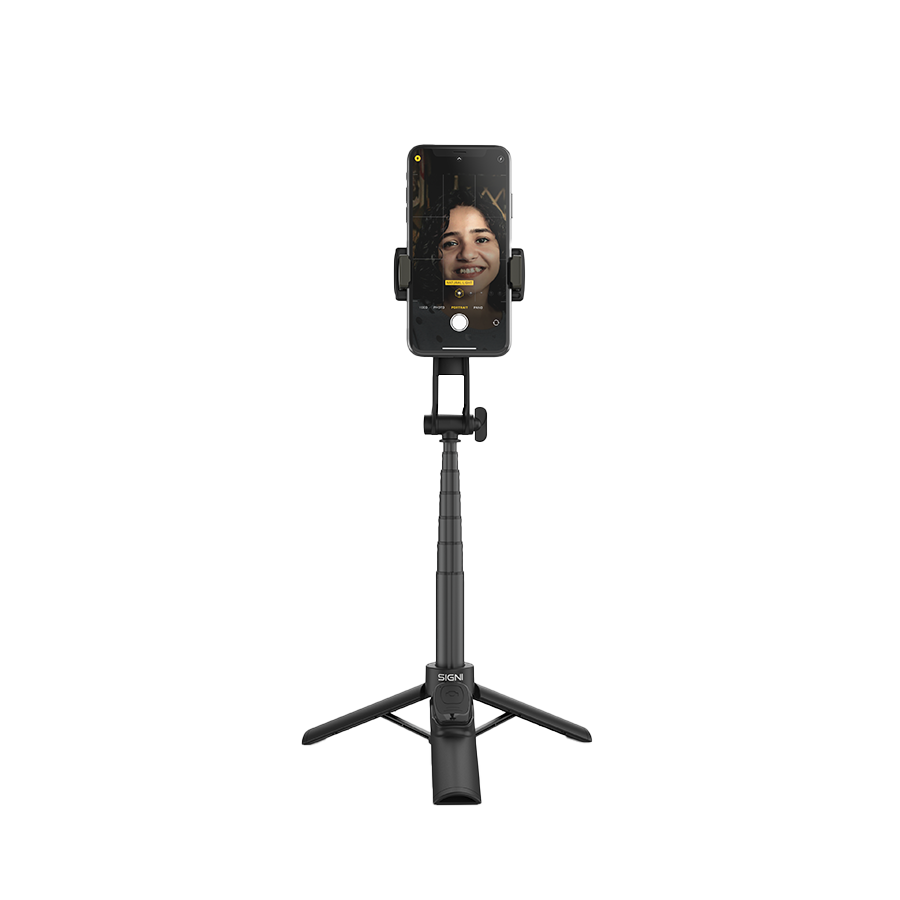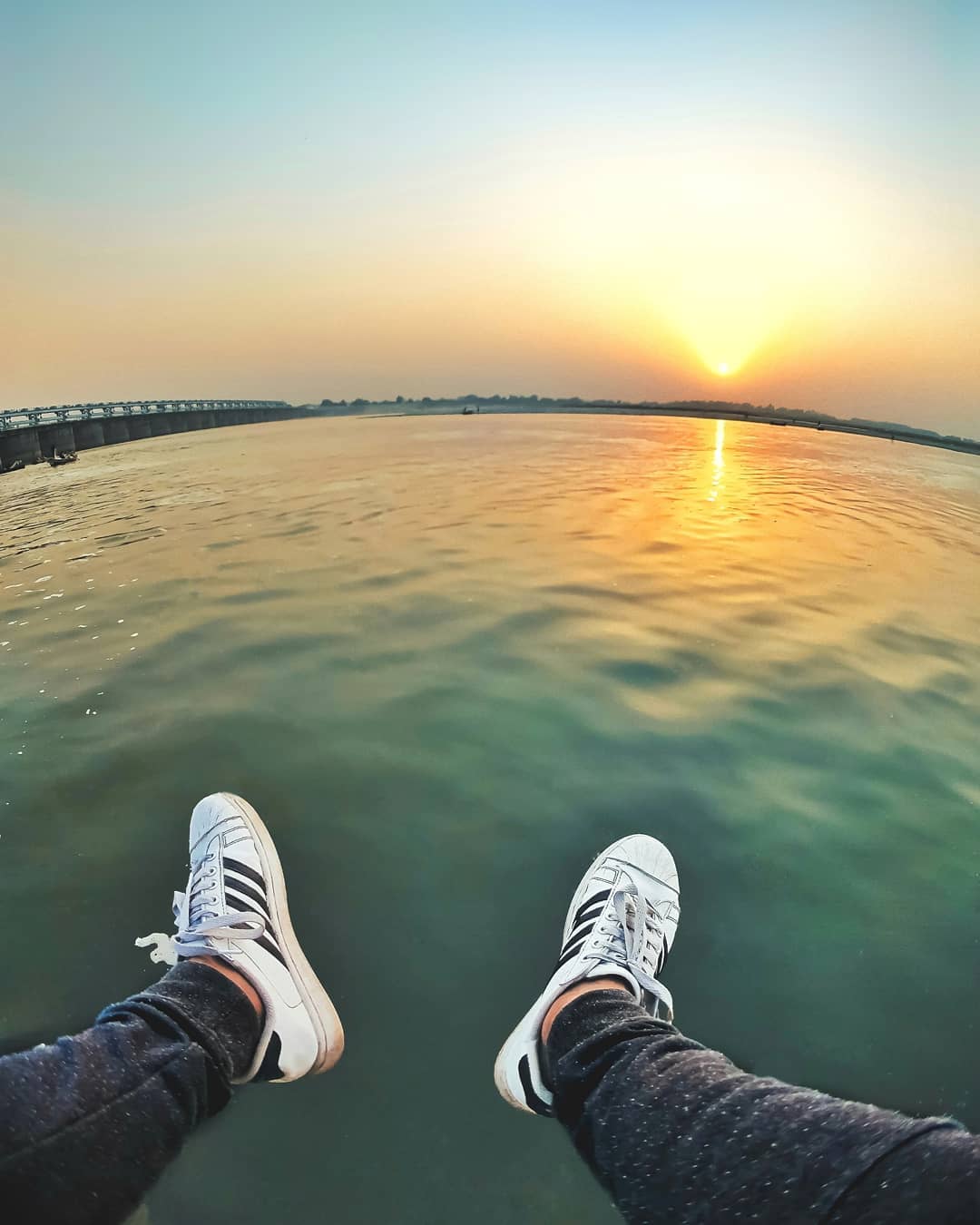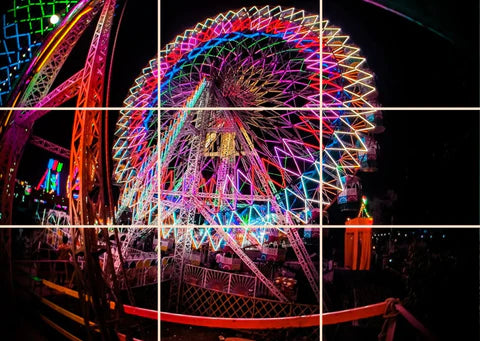MOBILE LENSES
Mobile Holders
Everyday Essentials

What techniques are essential for creating stunning landscape photographs?
3 min read
Landscape photography is a captivating journey that allows photographers to immortalise the beauty of the world around us. Crafting stunning landscape photographs involves a combination of technical prowess, artistic vision, and an understanding of the environment. In this exploration, we'll delve into essential techniques that elevate landscape photography to new heights.
-
Composition Principles: The foundation of compelling landscape photography lies in understanding and applying composition principles. Techniques such as the rule of thirds, leading lines, and framing help guide the viewer's gaze and create a harmonious balance within the frame. Experimenting with compositions adds depth and visual interest to your shots.

-
Golden Hour Magic: The golden hour, occurring during sunrise and sunset, bathes the landscape in warm, soft light, casting long shadows and creating a magical ambiance. Timing your photography excursions to coincide with these moments not only enhances color vibrancy but also adds a touch of enchantment to your landscapes.

-
Mastering Depth of Field: Controlling depth of field is crucial in landscape photography. Utilizing a small aperture (high f-stop number) ensures a greater depth of field, keeping both foreground and background elements in sharp focus. This technique is particularly effective when capturing expansive scenes with intricate details.

-
Using Filters for Balance: Filters, such as polarizers and neutral density filters, are indispensable tools for landscape photographers. Polarizers reduce reflections and enhance color saturation, while neutral density filters allow for longer exposures, capturing the ethereal flow of water or clouds in motion. Understanding filter usage contributes to nuanced and balanced landscapes.
 ND Filter Shot Clicked by @puspaj33t
ND Filter Shot Clicked by @puspaj33t -
Foreground Interest and Leading Lines: Introducing a compelling foreground element creates a sense of depth and draws viewers into the photograph. Whether it's a captivating rock formation, vibrant wildflowers, or a winding path, incorporating these elements provides context and visual intrigue. Leading lines, such as rivers or pathways, guide the eye through the landscape.

-
Tripod Stability for Sharpness: Landscape photography often involves longer exposure times, especially in low-light conditions or when capturing motion. A sturdy tripod is a landscape photographer's best friend, ensuring stability and preventing camera shake. Sharp images with intricate details are a hallmark of well-executed landscape shots. For added versatility, consider the Skyvik SigniPOD, a multifunctional accessory that can be used as both a tripod and a selfie stick, providing flexibility in various shooting scenarios.

-
Understanding Weather and Atmosphere: Weather conditions profoundly impact the mood and atmosphere of landscape photographs. Embracing changing weather patterns, from dramatic storm clouds to misty mornings, adds dynamism and emotion to your images. Monitoring weather forecasts and being patient for the right conditions can lead to breathtaking results.
 Sunrise and Sunset Spectacles Shot Clicked by @meinbhitraveller
Sunrise and Sunset Spectacles Shot Clicked by @meinbhitraveller -
Post-Processing Techniques: Post-processing is the final step in refining landscape photographs. Techniques such as color correction, enhancing contrast, and fine-tuning exposure contribute to achieving the desired visual impact. However, it's crucial to strike a balance, ensuring the final result remains authentic to the scene.

-
Skyvik's Lens Enhancements: Elevating your landscape photography experience, Skyvik offers attachable lenses designed to enhance smartphone cameras. Whether you're seeking wide-angle perspectives to encompass vast landscapes or delving into intricate macro details of nature, Skyvik lenses provide additional creative options. For capturing expansive landscapes with exceptional clarity and breadth, try the Skyvik 16mm wide-angle lens, a powerful tool that brings versatility and precision to your landscape photography endeavors.
 16mm Wide-Angle Lens Shot Clicked by @khatarnaak_
16mm Wide-Angle Lens Shot Clicked by @khatarnaak_ -
Embracing Patience and Persistence: Patience is a virtue in landscape photography. The perfect lighting, weather conditions, and alignment of elements may require multiple visits to a location. Embrace the process, learn from each experience, and persistently seek opportunities to capture the landscape in its most captivating moments.
 Embracing Patience and Persistence Shot Clicked by @meinbhitraveller
Embracing Patience and Persistence Shot Clicked by @meinbhitraveller
In conclusion, master the art of landscape photography involves a holistic approach, combining technical expertise, artistic flair, and a deep connection with the natural world. By applying these essential techniques and embracing the ever-changing beauty of landscapes, photographers can create stunning images that resonate with viewers and stand the test of time.
















